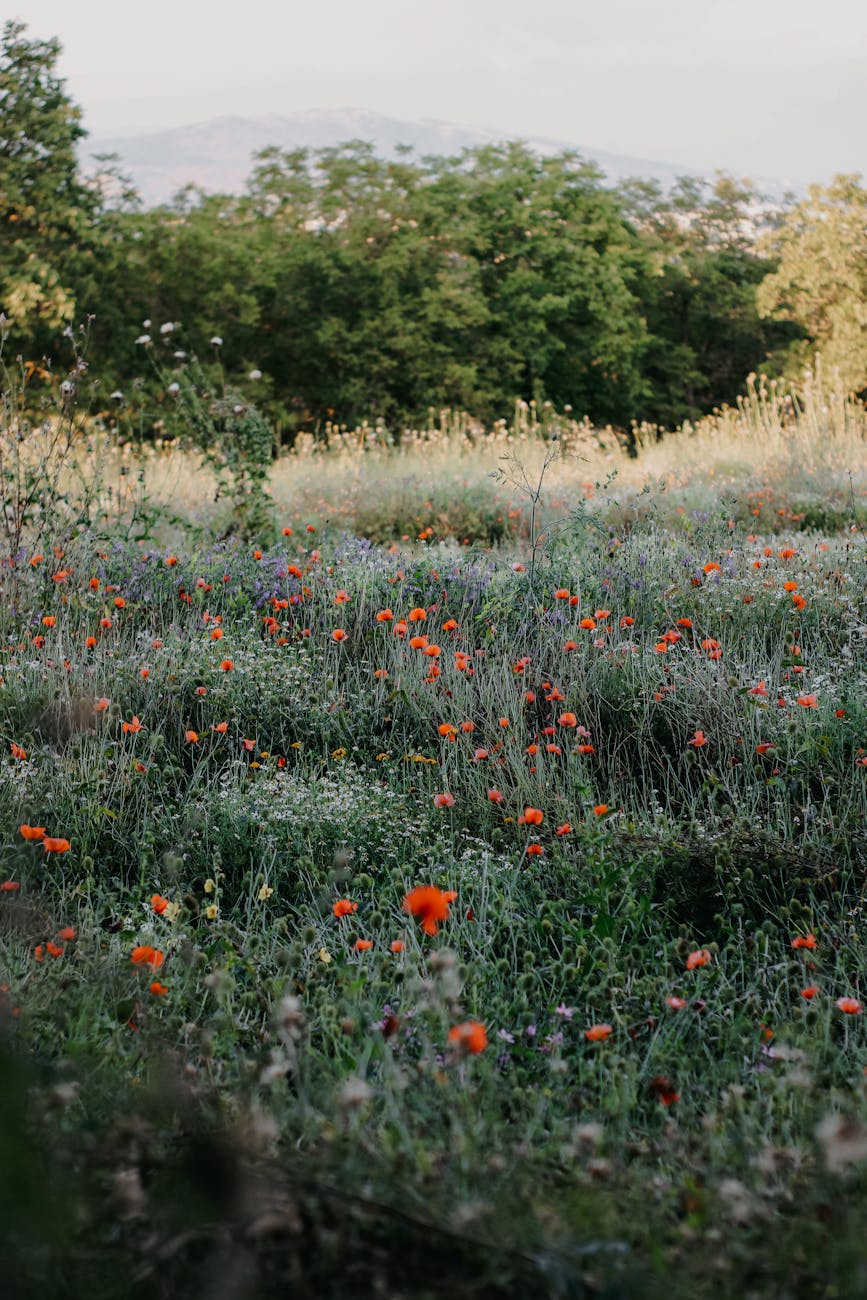Eco-Friendly Benefits for Your Landscape
If you’re looking to make your garden more sustainable and eco-friendly, native plants are a game-changer. Not only are they beautiful and low-maintenance, but they also play a huge role in supporting local wildlife, improving soil health, and saving water. In this article, I’m going to show you why native plants are the way to go and how they can help the environment in ways that’ll make you feel good every time you step outside.
Supporting Local Wildlife with Native Plants
When you choose native plants, you’re providing food and shelter to the creatures that have evolved alongside them. This means pollinators like bees and butterflies, as well as birds and other wildlife, have what they need to thrive. Non-native plants just don’t have the same value. They may look pretty, but they can disrupt local ecosystems by crowding out the plants that wildlife depend on. So, by choosing native plants, you’re directly supporting a healthier environment and making your garden a haven for local creatures.
Saving Water with Native Plants
Watering your garden can be a pain, especially in areas where water isn’t always easy to come by. The good news is that native plants are adapted to your local climate, meaning they need far less water than non-native plants. Once established, they can handle rainwater just fine, and you won’t have to constantly worry about watering them. This is a huge win, especially in places dealing with water scarcity or droughts.
Fewer Chemicals = Happier Earth
Anyone who has spent time tending a garden knows that plants sometimes need a little help to thrive. But native plants are different—they’re made for the local environment and don’t require as much in the way of fertilizers, pesticides, or herbicides. By going the native route, you can skip the harmful chemicals that end up in our waterways, soil, and even the air. It’s one of the easiest ways to go green and create a healthier space for everyone.
Helping Prevent Soil Erosion
Soil erosion is a bigger problem than most people realize. Heavy rain or wind can quickly wash away soil, but native plants are here to help. Their deep, established root systems hold the soil in place, preventing it from eroding and keeping the ground healthy. This is especially important in areas that are prone to heavy rainfall or windy conditions. Plus, these roots help improve soil quality over time by adding organic matter.
Natural Pest Control with Native Plants
Want a garden that’s naturally resistant to pests without having to spray harmful chemicals? Native plants are your solution. Because they’ve evolved in the same environment, they’re more resilient to the pests that are local to the area. This means you don’t need to worry as much about infestations, and you can skip the pesticide bottle. The best part? By avoiding chemicals, you’re also protecting the beneficial insects that help your garden flourish.
Native Plants Clean the Air and Water
We all know plants are good for the air, but native plants really take it to the next level. Trees, shrubs, and grasses absorb carbon dioxide, release oxygen, and help improve air quality. Not to mention, their root systems filter out pollutants from rainwater, helping to keep streams and groundwater clean. So, every time you add native plants to your landscape, you’re doing your part to make the planet a little healthier.
Tackling Climate Change with Native Plants
If you’re looking to help fight climate change, native plants are a key ally. Plants, especially trees and grasses, store carbon in their roots and soil, helping to reduce greenhouse gases in the atmosphere. And because native plants are naturally adapted to the local conditions, they require less maintenance and fewer resources to thrive, meaning less energy used for things like lawn mowing and irrigation. It’s a simple but powerful way to contribute to a greener future.
Keeping Invasive Species in Check
Invasive species are a major problem for local ecosystems. When non-native plants are introduced, they often have no natural predators, allowing them to take over and crowd out the local plants that wildlife depend on. By choosing native plants, you’re helping to keep invasive species in check and preserving the biodiversity in your area. It’s one of the most effective ways to keep our ecosystems healthy and balanced.
Native Plants for a Greener Tomorrow
Choosing native plants for your garden isn’t just about making your space look pretty—it’s about making a positive impact on the environment. These plants support local wildlife, reduce water usage, improve air and soil quality, and help fight climate change. Plus, they’re easier to care for and require fewer resources, making them a no-brainer for any gardener looking to make a difference. So, if you’re ready to go green, why not start by embracing the beauty and benefits of native plants in your own landscape?

